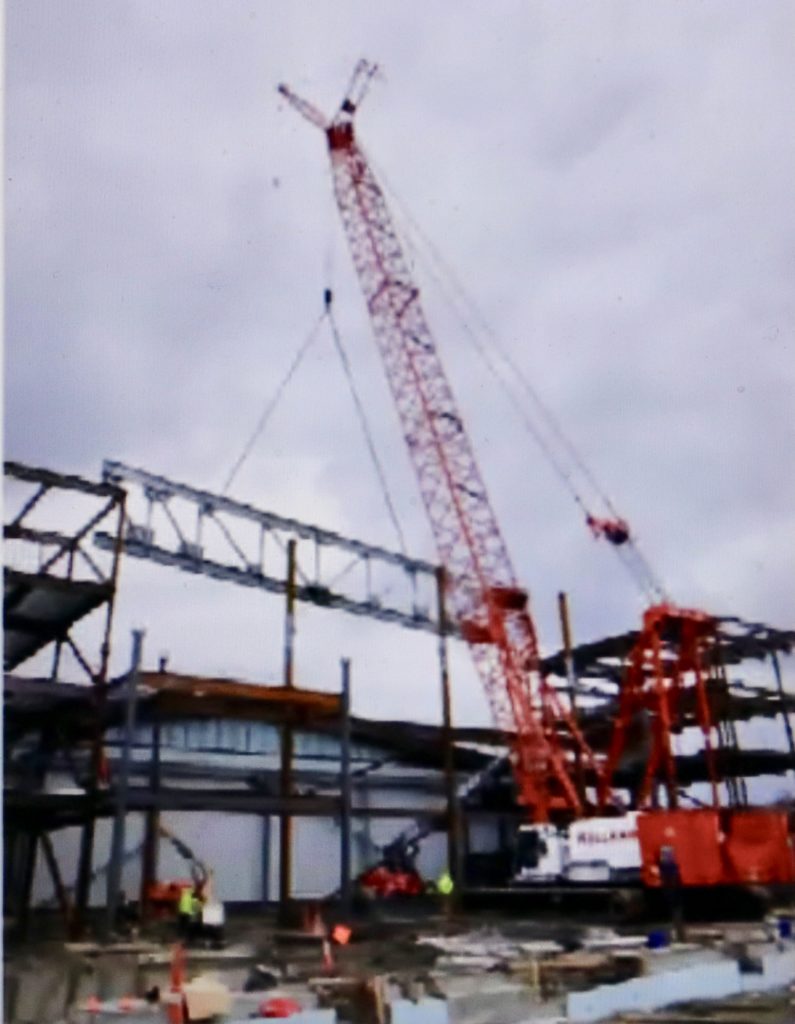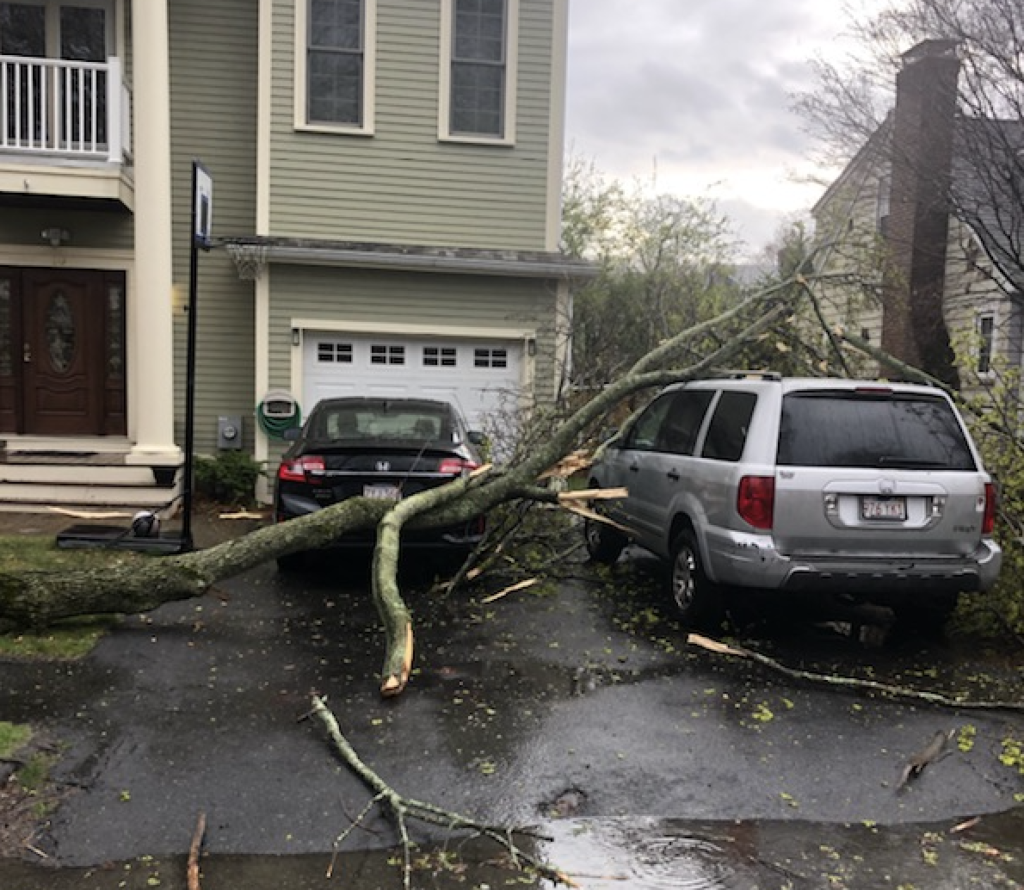Photo: Belmont Manor in Belmont
The number of deaths in Belmont related to COVID-19 has more than tripled from 13 on Monday, April 13 to 39 by Friday, April 17, according to statistics compiled by the Belmont Health Department and released by the town on Friday, April 17.
Many of those deaths have been linked to residents of Belmont Manor Nursing Home and Rehabilitation Center, the 135-bed facility on Agassiz Avenue, according to Wesley Chin, Belmont Health Department director.
On April 15, when Belmont had 31 deaths due to the coronavirus, 30 were Belmont Manor residents. In addition, 59 members of a staff of approximately 190 are COVID-19 positive, according to the management of Belmont Manor.
In an April 15 email sent to families with loved ones at the site, Stewart Karger, the Manor’s administrator, said “every death represents an enormous amount of loss to the families of these individuals. And because many of these residents have been with us for a longer period of time, this feeling of loss is something that we at Belmont Manor share.”
Belmont town officials have begun recording deaths as one of two categories: Unconfirmed and confirmed by filed death certificate.
As of April 17:
| Unconfirmed | 31 | |
| Confirmed by Filed Death Certificates with the Town Clerk’s Office | 8 |
“The Town Clerk noticed that there is a discrepancy in the information about CVOID-19 related deaths reported to us and what is later listed on the individual death certificates,” said Chin. “This is a problem that many other municipalities are experiencing.”
According to Belmont Town Clerk Ellen Cushman, the reason the confirmed number is much lower than is that her office “can only account for the Death Certificates that are filed as official records of the Town of Belmont.”
“I share with the Health Department all death certificates recorded in Belmont that contain the word “COVID” anywhere in the numerous fields on the certificates,” she wrote in an email.
It’s also important to realize that death certificates in Massachusetts are recorded in two places, the place of death (the occurrence community) and the place of residence (the residence community). If a person is a resident of Belmont and perhaps is transported for medical treatment to Mt. Auburn Hospital in Cambridge, the death certificate would be recorded in both Cambridge as the occurrence community and Belmont as the residence community.

